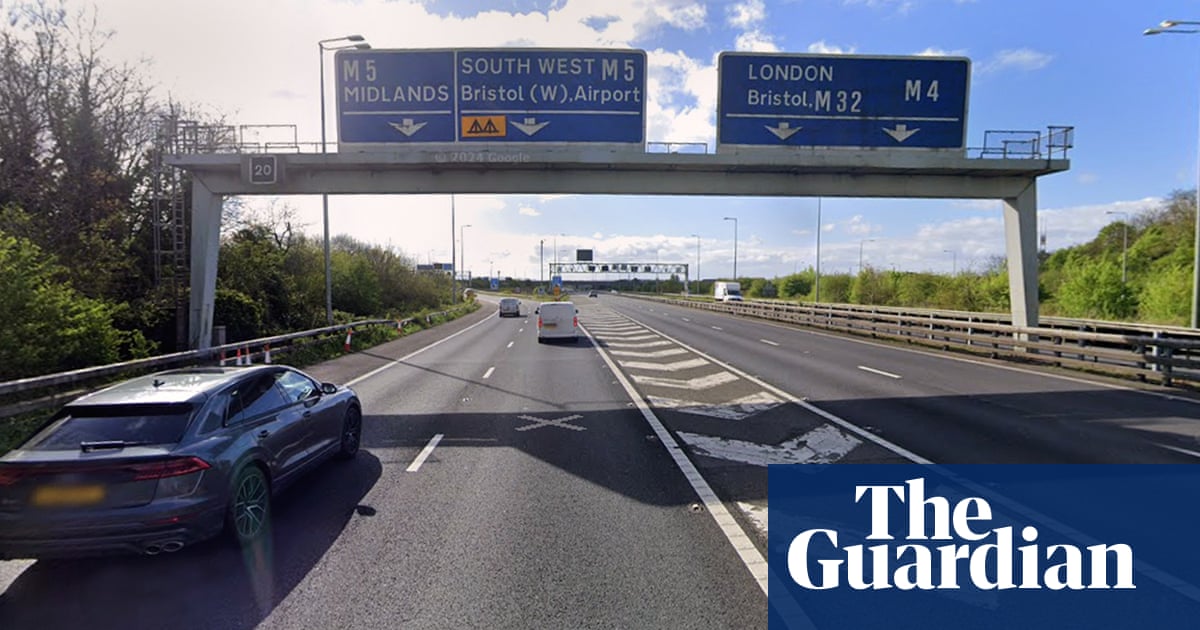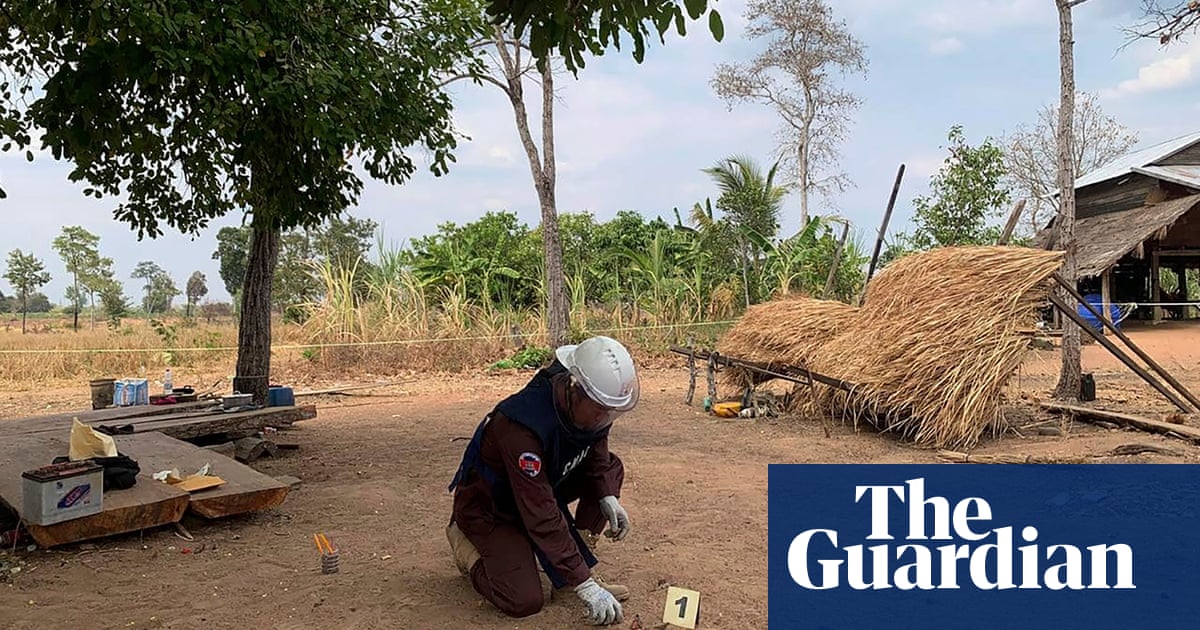
British troops, standing shoulder to shoulder with European comrades on Ukrainian soil, steeled against Russian assault: such, Keir Starmer believes, are the requirements of the times in which we live. Thanks to Donald Trump, an idea that only a month ago seemed fantastical is now being touted as British foreign policy.
European leaders descending on Munich for that city’s annual security conference last week were blindsided first by Trump’s announcement that he had begun talks with Vladimir Putin on ending the war in Ukraine, and then by statements from US Defence Secretary Pete Hegseth that Ukraine would be forced to forego both Nato membership and its territorial integrity. By the time JD Vance delivered a keynote extolling the virtues of Europe’s extreme-right parties, Volodymyr Zelensky balked at signing away 50 per cent of Ukraine’s mineral wealth and shock had given way to fury.
If the events of the last week made anything clear, it is that no one will secure Europe but Europe. The route to that security has also come into sharper focus: European boots on Ukrainian soil, enforcing a ceasefire designed by Kyiv and its European partners, and building towards Ukraine’s long-term stability and European integration.
Preparations are underway for US Secretary of State Marco Rubio to meet Russian Foreign Minister Sergei Lavrov in Riyadh and discuss the future of the continent – talks that Moscow has said should yield a sweeping new division of power. Yet neither Ukraine nor any other European state has a seat at the table, at least not yet. With Washington reportedly considering sanctions relief and broad normalisation, European leaders are scrambling to re-establish deterrence against a regime in Moscow that shows little sign of reduced belligerence.
For reasons best known to Trump, the American president is racing to get a ceasefire in place by Easter, or 20 April. Putin, by contrast, is playing coy. While the Kremlin has said nothing publicly about the timeframe set out by the White House, it has convened a team of trusted negotiators and appears to see a strategic advantage for itself in Trump’s haste, potentially allowing it to diplomatically outflank both Ukraine and Europe. Ukraine, meanwhile, is playing for time, while insisting that it will have nothing to do with a deal made in its absence. And while Rubio and Lavrov head to Saudi Arabia, European leaders, including Starmer, are assembling in Paris.
If the Europeans and Ukrainians are to seize the initiative from America and Russia and put in place an arrangement that genuinely guarantees sovereignty and security, , they will need to do more than just move quickly. Europe will need a clear-eyed view of what Moscow is seeking to achieve, the consequences of allowing Russia a strategic victory, and thus of Europe’s own red lines.
Russia’s war aims remain as they were three years ago, when Putin launched the full-scale invasion of Ukraine: the elimination of Ukraine’s ability to defend itself and to determine both its own internal and external affairs, and thus its disappearance as a sovereign state. To these are added the defence of the roughly 20 per cent of Ukrainian territory Russia occupies, now written into the Russian constitution, and the need to maintain the country’s war machine, which is currently the only thing standing in the way of an economic recession.
For Putin, negotiation is a means to obtain what he could not achieve on the battlefield: lasting political dominion over Ukraine. Barring a full Ukrainian capitulation, which is not on the cards, the only route to success for Putin is maintaining control of escalatory dynamics – in other words, ensuring that he is able to breach any ceasefire without military consequence. By keeping Ukraine permanently vulnerable to attack and unable to defend itself, Putin would have the flexibility to dial up the intensity of the conflict on any given day, or even just to threaten to do so, as his needs and interests demand. Any negotiated settlement that leaves Putin with that flexibility would therefore represent a strategic victory for Russia. For the purposes of this negotiation, however, it is not entirely clear whether the White House would see such a result as a strategic defeat for the US.
The consequences for Ukraine of failing to deter renewed Russian aggression are severe. The ubiquitous threat of attack would suppress investment, slow the country’s post-war economic reconstruction and recovery, and almost certainly ensure that the roughly four million Ukrainians currently sheltering in the European Union and the UK would remain there permanently, and likely grow in number after the lifting of martial law. The resulting depletion of Ukraine’s physical and human capital would, in turn, undermine both its own progress towards EU accession, and the enthusiasm of EU member states for enlargement. As a result, while the trauma caused by Putin’s invasion means that Ukraine is lost to Russia politically for generations, an insecure Ukraine would almost certainly be lost to Europe, too.
But Europe is intimately tied up in this conflict, and the consequences of failing to impose deterrence at this juncture are equally dire. Acquiescence would effectively cede to Moscow exactly what it has been seeking since it first invaded Ukraine in 2014, in response to Kyiv’s pursuit of an EU Association Agreement: a veto over the European project itself. That veto would in turn empower Moscow to press its advantages in Moldova, in the South Caucasus, and in the Western Balkans, while impeding European efforts to promote security and integration on its periphery. Effectively neutered, and unable to rely on an increasingly problematic US for support, Europe would have no choice but to manage conflict by avoiding it at all costs, inviting Russia and other bullies to keep coming back for more.
The solution to this problem began to take shape in late 2024, when it became clear that a second Trump administration was likely to curtail aid to Ukraine, and that European defence production would be insufficient to fill the void left behind. In early January 2025, even before Trump took office, Starmer and Macron began exploring the modalities of putting a European force on the ground to keep the peace. Since then, policymakers and analysts have been piecing together the contours of the coalition that might field such a force – likely involving the UK, the Nordics, the Baltics, and potentially Poland, France, Italy and Canada, but by no means all of the EU or Nato – and the mission. Whatever shape it takes, the aim is the same: Putin must come to believe that a renewal of war against Ukraine would lead to war with Europe.
None of that is to say that this will be easy. Mobilising the numbers initially mooted by Zelensky – as high as 200,000 – is impossible with today’s European militaries. Whatever force emerges is likely to be fewer than 50,000, who would be stretched thinly along a 1,000-kilometre front line. The point of the force, however, is not to engage in battle with Russia, but to provide a tripwire that would lead to the immediate engagement of European aviation and long-range capabilities: in other words, deterrence.
For this to work, however, European troops will need to be in harm’s way, out patrolling the front, rather than confined to bases deep in the rear, and they must be adequately supported. European leaders will have to communicate with their citizens clearly and candidly about the risks and costs, as well as about the risks and costs of inaction, much as Starmer has already begun to do. More will be needed.
Putting European troops on the ground in Ukraine, meanwhile, is about more than just deterring Russia in the short term. Their presence and the security they create will give investors and EU negotiators confidence in Ukraine’s future, allowing for a more robust recovery and a more rapid EU accession. And because those European troops will only come home once Ukraine can reliably defend itself, European governments will have a durable incentive to invest in Ukraine’s political stability and defence capacity.
Taking a direct role in deterring Russian aggression in Ukraine gives European governments and societies a stake in a just and sustainable long-term resolution to the war. More than that, it restores Europe’s control over its own future, demonstrating to would-be aggressors of any stripe that it has the means and resolve to defend itself. This is Europe’s war now, not only for Ukraine’s future, but for its own.
[See also: Europe faces its fate as an American colony]
Listen to the New Statesman podcast
Content from our partners
Article by:Source:














